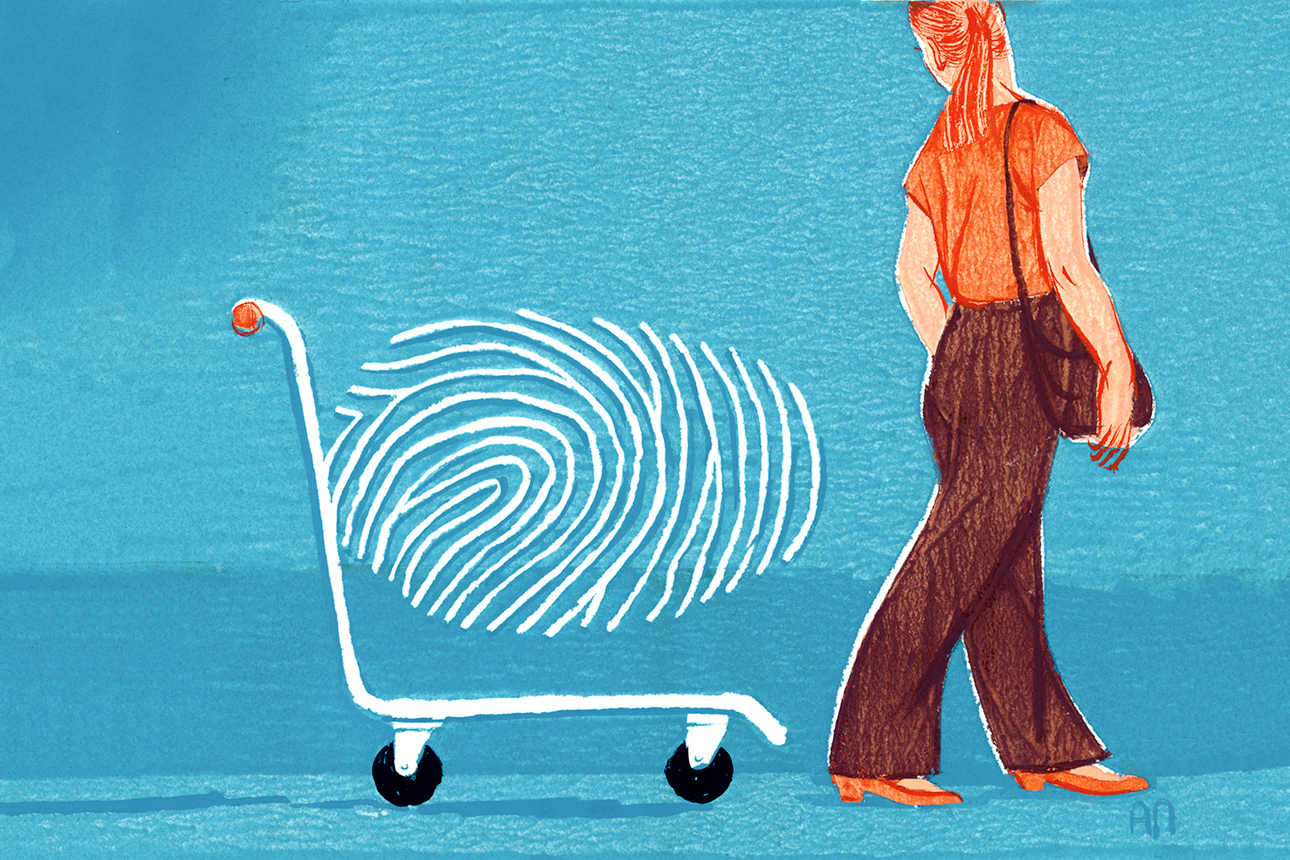How In-Store Tech Will Transform Retail
Automation and sensors promise a better customer experience — and fuel for improved analytics.
Topics
Frontiers

Image courtesy of Alex Nabaum/theispot.com
Retail stores are being challenged like never before. Not only are consumers buying more goods online (a trend accelerated by the pandemic), but digital-first companies like Amazon are attacking brick-and-mortar retailers’ home turf by opening their own physical stores that combine online and offline attributes. To stay competitive, traditional retailers need to consider how adopting digital technology can improve the in-store customer experience, provide access to more data on customer preferences and habits, and potentially improve omnichannel operations.
The so-called frictionless store has become the new gold standard in the retail world. However, the term is a bit of a misnomer. The goal is to use digital technology to meet consumer expectations of flexibility, instant gratification, convenience, immersive shopping, safety, and speed. But early adopters aren’t removing all points of friction. Rather, their strategies vary substantially depending on which friction points they want to remove.
Adopting digital technologies that remove friction from the traditional retail model can produce several advantages. The first is an improved customer experience. Customers today expect the same speed and convenience in person that they get online. Stores that can deliver that experience will strengthen customer loyalty, making them more competitive with online sellers and creating an advantage over physical retail competitors that don’t offer comparable speed and convenience. The pandemic, which forced social distancing, also led customers to expect more space and less physical contact in stores.
Second, digitizing gives retailers a chance to collect and analyze more — and more granular — data on customer preferences and behavior, leveling the playing field with online sellers and enabling personalized recommendations and promotions. In addition, physical retailers can capture what customers do in stores: the paths they traverse, which products they pick up and put back down, and even how long they hesitate while trying to choose between two products. Stores can use this data to improve operations, including inventory management, pricing, and physical product placement.
Finally, stores can make better use of human capital: By automating routine work like stocking shelves, companies free their employees to do the higher-value work of helping customers. This human touch can provide a competitive advantage over e-commerce.
However, the frictionless store is not without potential pitfalls and risks. Privacy is among the biggest.




